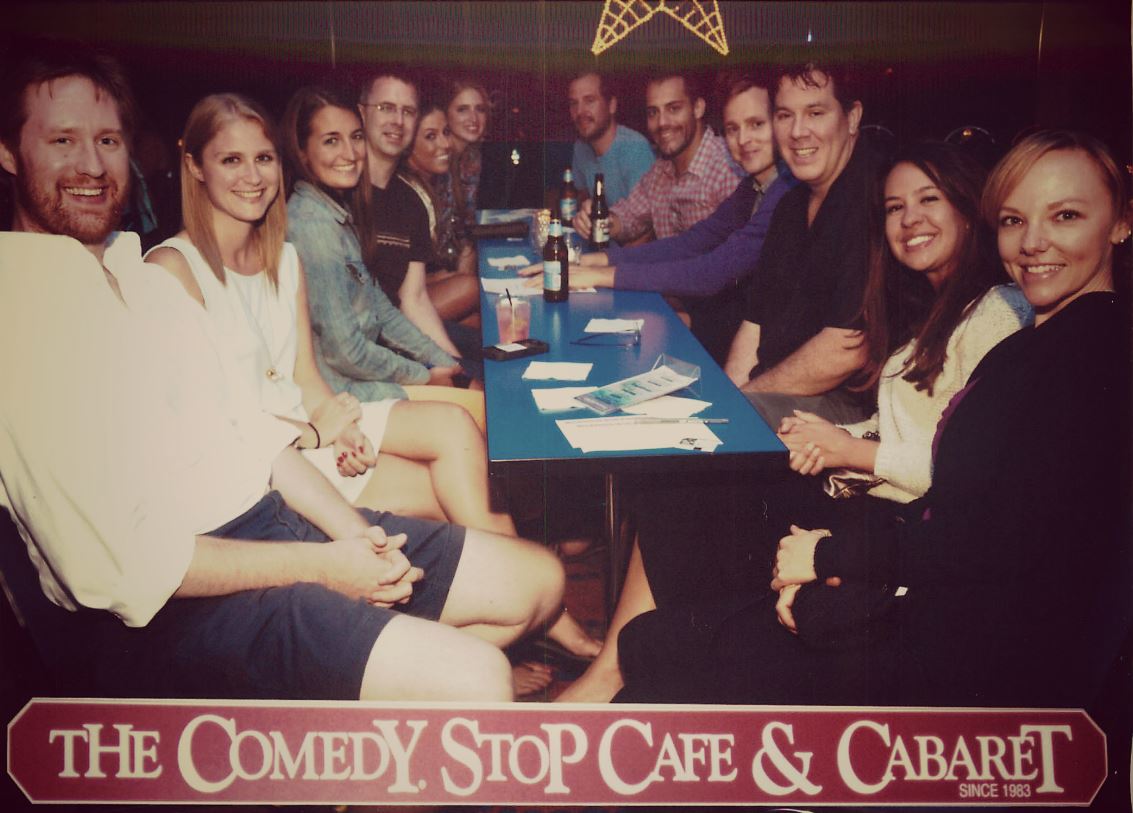February 12, 2013
Robby Schrum
Everyone likes to see his name in the paper. At Keybridge, we specialize in just that -- finding ways to get our clients and their messages into the media.
But there's a lot that folks can do on their own to increase their media footprint. The key is to proactively present yourself as an expert in your chosen field. You have important things to say! But reporters won't know that unless you tell them.
Here are two things you can do. First, sign up for the free
HARO (Help A Reporter Out) service. Reporters submit queries to HARO seeking sources for the stories they're writing. Then, three times a day, HARO sends its subscribers an email with all those queries.
Perhaps a reporter working on a story on home prices in Chicago would like to include some examples of recent sales. If you happen to be a real-estate agent in the Windy City, you might be able to provide the anecdotes she's looking for. Send a quick email to the reporter with your bona fides and a description of the information you can provide, and you just might land an interview.
Second, set up a few
Google Alerts on issues, topics, and keywords important to you. Google Alerts put the search engine to work for you by automatically delivering search results to your inbox. You can even filter those results so that you only receive news stories, blog posts, or videos with your keywords in them.






